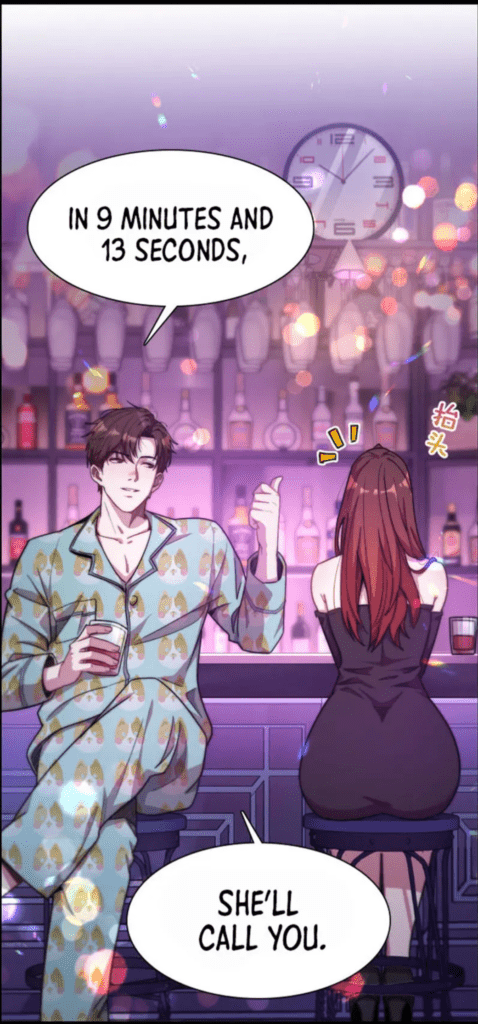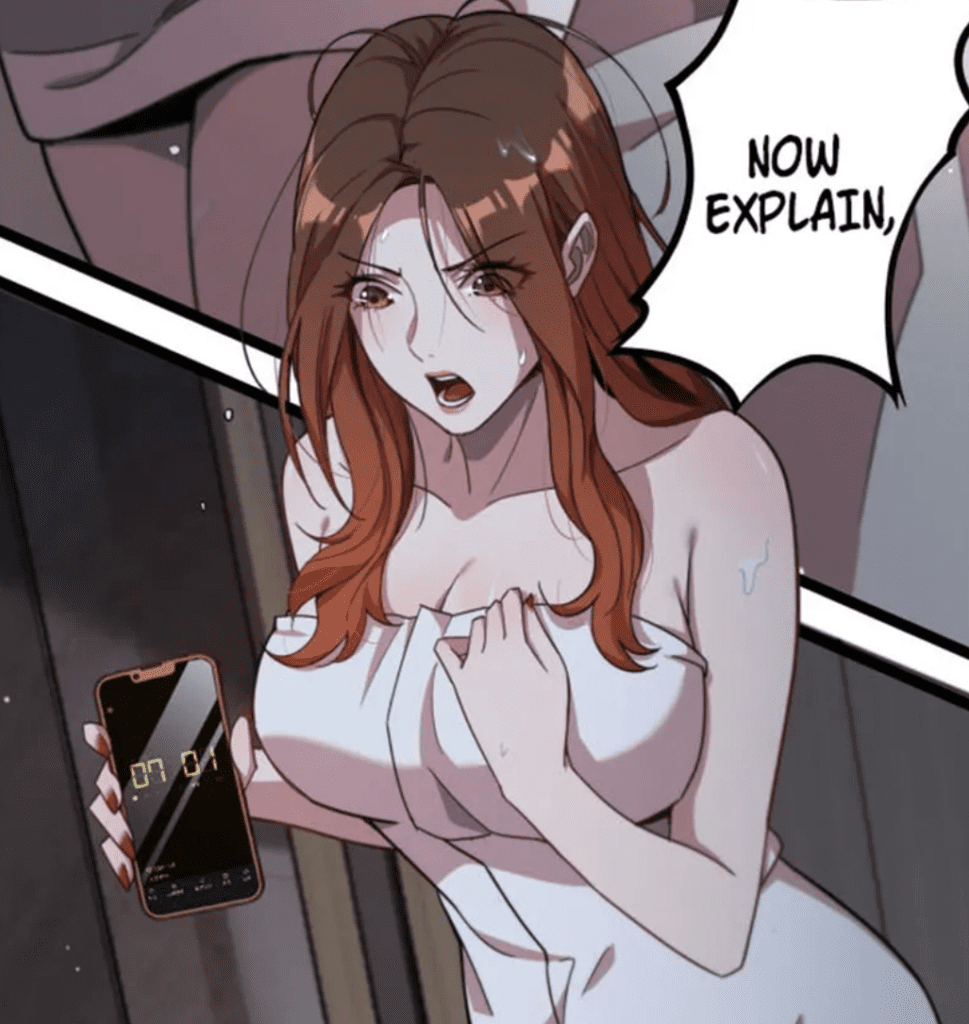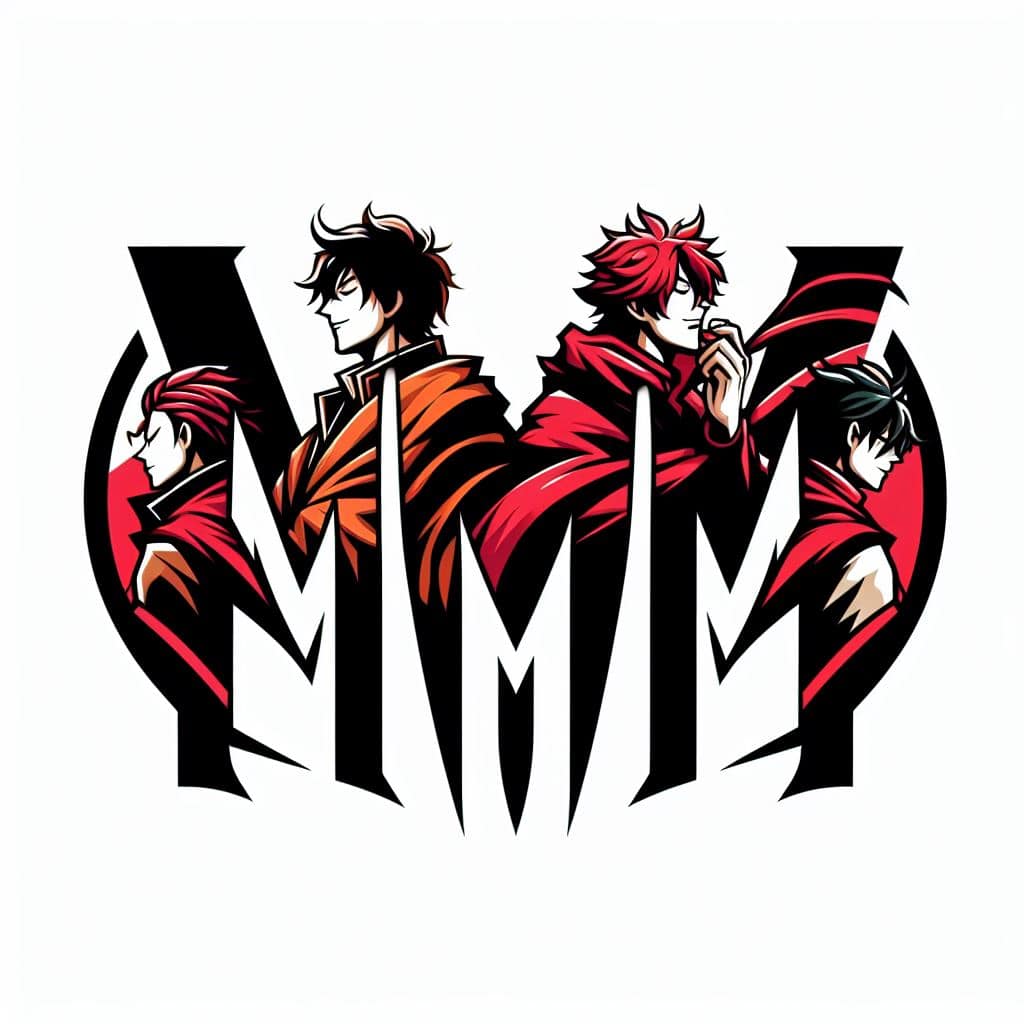“I am Stuck On The Same Day For A Thousand Years” is a compelling manhua that weaves elements of fantasy, psychological intrigue, and drama together. Known by several titles, including “I’m Trapped in This Day for One Thousand Years” and “Wo Bei Kun Zai Tongyi Tian Yiqian Nian” (我被困在同一天一千年), this series captivates readers with its thought-provoking storyline and dynamic characters.
I’m Stuck On The Same Day For A Thousand Years Plot Summary
I’m Stuck On The Same Day For A Thousand Years is a manhua that offers an engaging blend of drama, introspection, and philosophical exploration. It’s a story that captivates readers with its original concept and prompts deep reflection on profound questions about time, existence, and personal transformation. This manhua has quickly gained popularity, both for its compelling storyline and for its ability to engage readers in a thoughtful exploration of what it means to truly live.
The Premise: An Endless Loop
The central premise of I’m Stuck On The Same Day For A Thousand Years is simple yet profoundly intriguing: the protagonist finds themselves trapped in a time loop, forced to relive the same day repeatedly for an entire millennium. This concept of a “groundhog day” scenario isn’t entirely new in storytelling, but how this manhua approaches it feels fresh and unique. The narrative uses this well-worn idea as a framework to delve deeply into existential questions and the human condition.
The protagonist, who starts the story with a fairly ordinary life, is suddenly confronted with the unthinkable reality of waking up to the same day, every day, with no apparent way to escape. At first, they experience all the predictable reactions: frustration, anger, confusion, and a desperate desire to find a way out. But as days turn into years and years into centuries, the character undergoes a remarkable transformation, evolving in ways that are as unexpected as they are profound.
I’m Stuck On The Same Day For A Thousand Years Characters
- Wu Chen: The protagonist who is stuck in the time loop. His transformation from a self-indulgent individual to a person seeking redemption and understanding is central to the narrative.
- Supporting Characters: Various individuals who interact with Wu Chen each day, including friends, adversaries, and enigmatic figures who provide clues and insights into the time loop’s mystery.
Art Style in “I’m Stuck On The Same Day For A Thousand Years”
The manhua’s art style is both detailed and expressive, effectively conveying the repetitive nature of Wu Chen’s experiences while keeping the visual storytelling fresh and engaging. The use of color and intricate backgrounds enhances the atmosphere, while the character designs vividly depict the emotional and psychological states of the characters.

Themes in “I’m Stuck On The Same Day For A Thousand Years”
- Time and Repetition: The primary theme explores the psychological impact of living the same day repeatedly and how this affects one’s sense of reality and identity.
- Personal Growth and Redemption: Wu Chen’s evolution highlights themes of personal growth, self-improvement, and the quest for redemption.
- Fate vs. Free Will: The narrative delves into philosophical questions about destiny and autonomy, challenging the protagonist to find ways to assert control over his fate.
Why Read “I’m Stuck On The Same Day For A Thousand Years”?
This manhua stands out for its unique take on the time loop concept, blending action, emotional depth, and philosophical exploration. Readers who enjoy character-driven stories with complex plots and thought-provoking themes will find “I’m Stuck On The Same Day For A Thousand Years” particularly engaging. The series offers a fresh perspective on personal growth and the human condition, making it a must-read for fans of the genre.

Comparison with Another Engaging Manhua: Tales of Demons and Gods
To better understand the unique appeal of I’m Stuck On The Same Day For A Thousand Years, it’s helpful to compare it with another popular manhua, Tales of Demons and Gods. Both series share a fascination with themes of time, personal transformation, and second chances, but they explore these concepts in different ways, offering readers distinct yet equally compelling narratives.
Similarities Between the Two Manhua
- Exploration of Time and Second Chances
Both I’m Stuck On The Same Day For A Thousand Years and Tales of Demons and Gods revolve around characters given a second chance at life, but under very different circumstances. In I’m Stuck On The Same Day For A Thousand Years, the protagonist is trapped in a time loop, forced to live the same day repeatedly for a thousand years. This setup becomes a vehicle for deep introspection and philosophical questioning, as the protagonist must confront their choices, emotions, and sense of purpose within the confines of a single day.
In contrast, Tales of Demons and Gods offers its protagonist, Nie Li, a complete rebirth in his younger self after experiencing death. Armed with knowledge of future events and past mistakes, Nie Li is determined to change his destiny, protect his loved ones, and prevent future tragedies. Both manhua use their unique takes on time manipulation to explore themes of redemption, growth, and the power of choice.
- Personal Growth and Transformation
Personal growth is at the core of both series, though approached differently. In I’m Stuck On The Same Day For A Thousand Years, the protagonist’s development is primarily internal. They undergo a psychological and emotional evolution, learning to find meaning in a seemingly endless cycle and transforming from despair to acceptance and self-discovery. The manhua focuses on how the protagonist redefines their purpose and identity when all external factors remain unchanged.
Meanwhile, Tales of Demons and Gods depicts a more outward form of growth. Nie Li’s rebirth allows him to use his knowledge of the future strategically. He trains relentlessly, builds alliances, and uses his foresight to navigate complex social and political landscapes, all while amassing power to change the fate of his world. This action-driven narrative showcases transformation through perseverance, strategy, and power accumulation.
- Complex Characters and Relationships
Both manhua excel in developing rich, multi-dimensional characters whose personalities and motivations evolve throughout the story. I’m Stuck On The Same Day For A Thousand Years presents a protagonist whose mental and emotional journey profoundly impacts their interactions with others, adding layers of depth to relationships that might seem mundane at first glance. The repetitive nature of the time loop allows for detailed exploration of each character’s reactions, choices, and development.
In Tales of Demons and Gods, the character dynamics are equally compelling but focus more on external interactions and conflicts. Nie Li’s relationships are shaped by his knowledge of future betrayals, alliances, and power struggles. The story emphasizes how these connections change over time as he uses his wisdom to influence those around him, turning enemies into allies and navigating complex social hierarchies.
Differences in Storytelling Approach and Style
- Tone and Pacing
I’m Stuck On The Same Day For A Thousand Years has a contemplative, introspective tone. Its slow-burn narrative focuses on the protagonist’s inner journey. The pacing is deliberate, allowing readers to immerse themselves in the time loop’s psychological depth and existential questions. The story is less about action and more about the evolution of thought and emotion, appealing to readers who enjoy reflective and philosophical narratives.
On the other hand, Tales of Demons and Gods is faster-paced, with an adventurous and action-oriented tone. It combines fantasy, martial arts, and strategy elements, providing a dynamic and engaging storyline filled with battles, magical elements, and tactical planning. The quick pace and high stakes keep readers on the edge of their seats, making it an exciting read for fans of action-packed fantasy adventures.
- Art Style and Visual Presentation
The artwork in I’m Stuck On The Same Day For A Thousand Years is detailed and expressive, using muted tones and subtle visual metaphors to reflect the protagonist’s internal struggles and emotional shifts. The use of repetitive imagery reinforces the feeling of being stuck in a time loop, while changes in color and shading signify the character’s evolving mindset and emotional states.
Conversely, Tales of Demons and Gods features a vibrant and colorful art style that emphasizes dynamic action scenes, intricate mystical designs, and character expressions. The visuals are bold and lively, enhancing the fantasy elements of the story and bringing the world of demons, gods, and spiritual battles to life.
Why Both Manhua Are Worth Your Time
While I’m Stuck On The Same Day For A Thousand Years and Tales of Demons and Gods differ in their approach to storytelling, tone, and style, they both offer readers rich narratives that explore the themes of time, personal growth, and second chances. Whether you’re drawn to the introspective, philosophical journey of a character stuck in time or the action-packed adventure of a protagonist reborn with knowledge of the future, these manhua provide unforgettable reading experiences.
Both series challenge readers to think about how time and choice shape who we are, offering unique perspectives on the human experience. So, whether you’re a fan of deep, thoughtful storytelling or thrilling fantasy epics, these manhua are definitely worth adding to your reading list!
Is “I’m Stuck On The Same Day For A Thousand Years” Worth Reading?
Absolutely. I’m Stuck On The Same Day For A Thousand Years” is a deeply engaging manhua that not only entertains but also prompts readers to reflect on profound questions about time, existence, and personal transformation. Its compelling storyline, well-developed characters, and stunning artwork are worth adding to your reading list. Whether you are a longtime fan of manhua or new to the medium, this series promises a memorable and enriching experience.


Leave a Reply